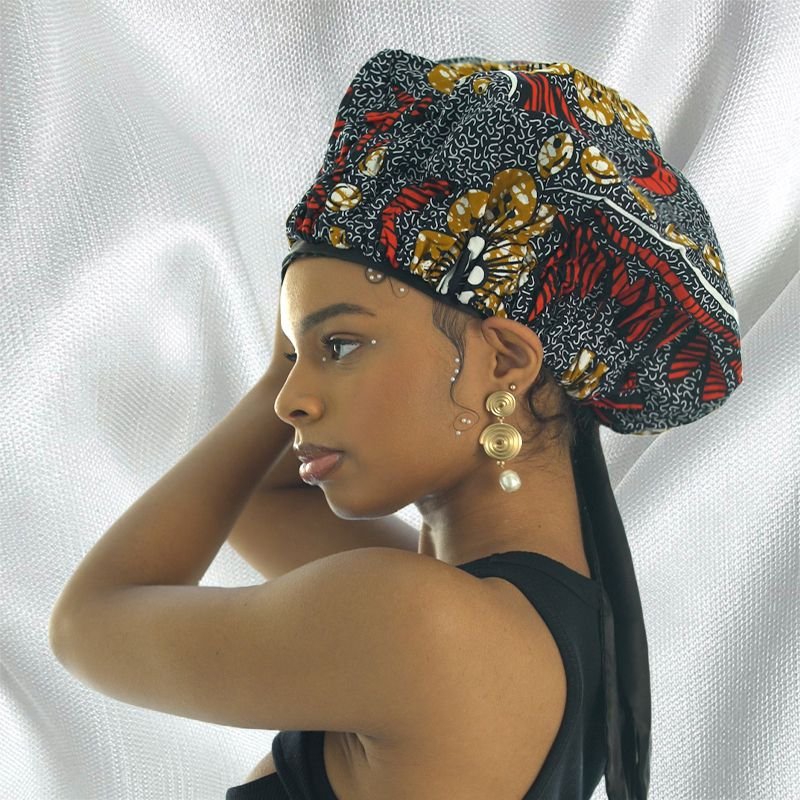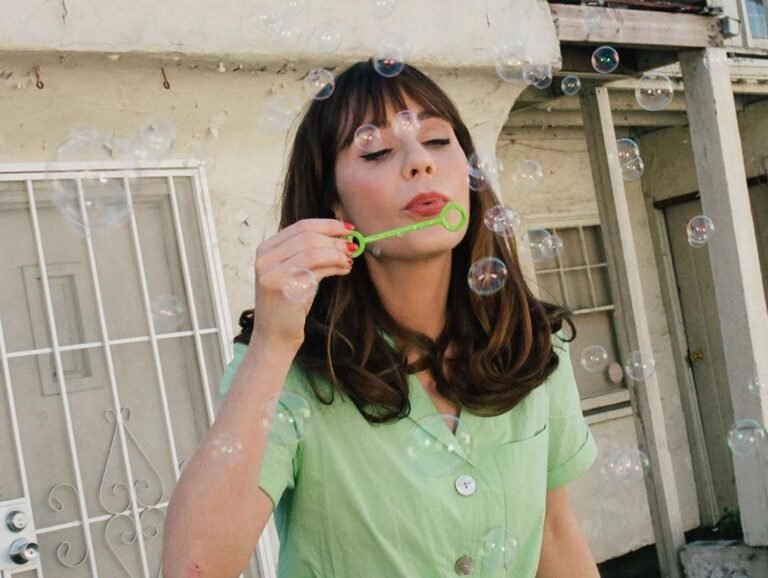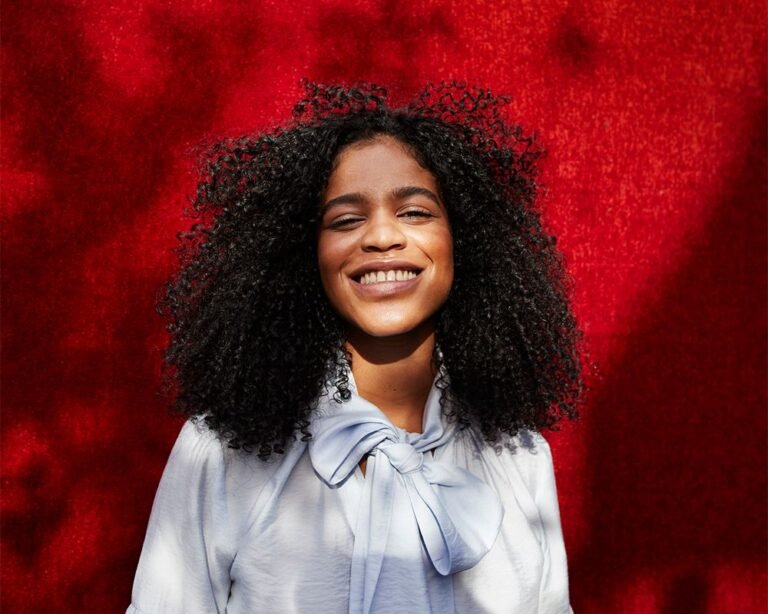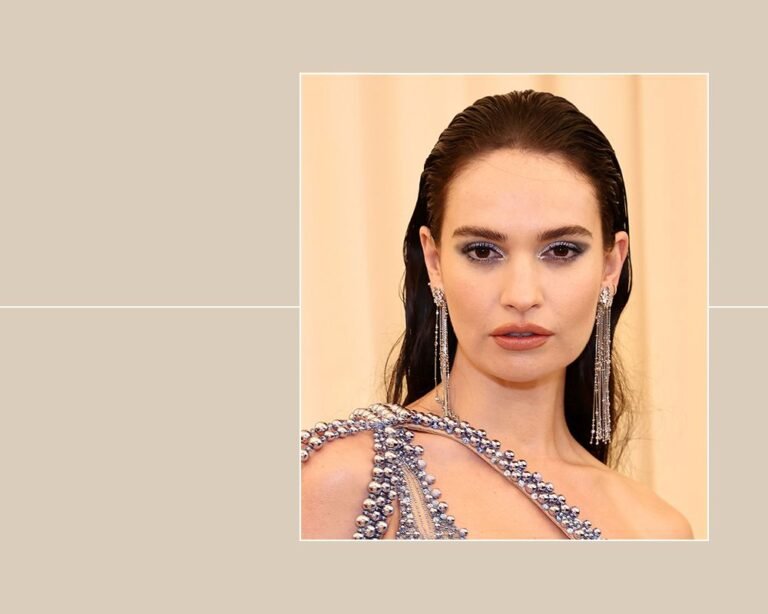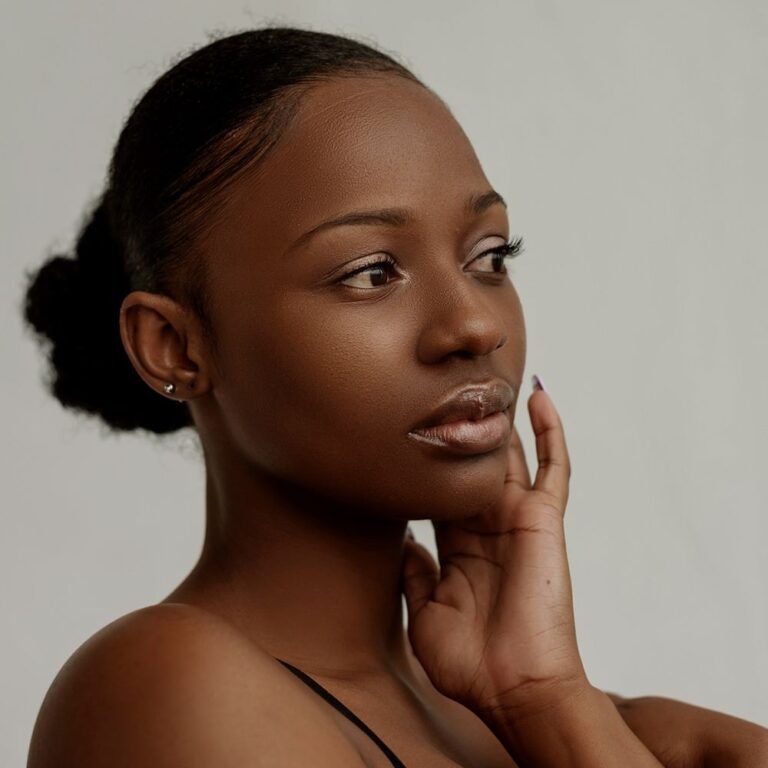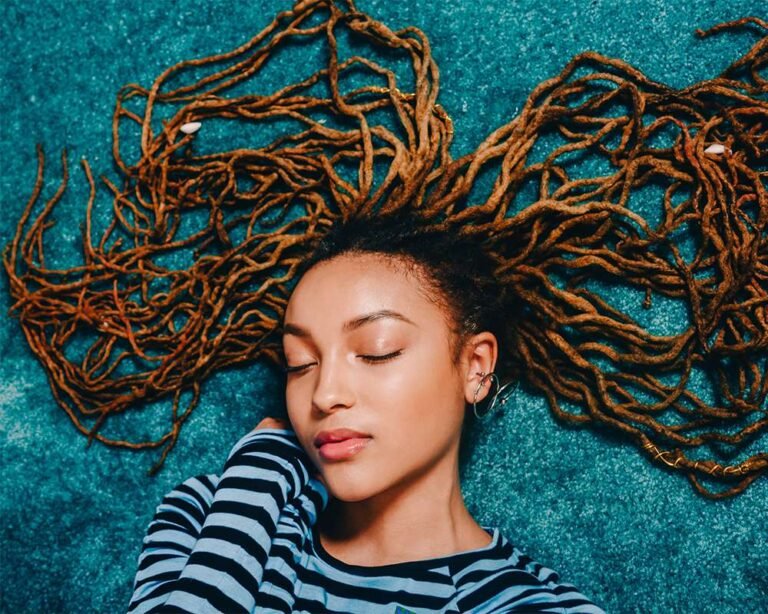Bonnets: Stylish & Functional—Unveiling the Backstory
Bonnets are both stylish and functional, combining fashion with practicality to protect and adorn the head. Originating from historical and cultural significance, bonnets have evolved into a versatile accessory for various hairstyles and hair care routines.
From reflecting wealth and marital status to symbolizing womanly grandeur, the bonnet holds a unique place in history, representing both tradition and modernity. As a staple in Black hair care routines and fashion, bonnets have transformed into a protective and stylish accessory that transcends cultural boundaries.
Embracing the rich history and adaptability of the bonnet, its significance in contemporary fashion and beauty continues to thrive, making it a timeless and essential piece for anyone seeking to protect and maintain their hair while staying stylish.
Cultural Significance
The cultural significance of bonnets extends far beyond their practical use as head coverings. Throughout history, bonnets have held a symbolic and historical significance in various cultures, illuminating societal values and customs.
Symbol Of Grandeur
At the heart of bonnets lies a symbol of grandeur and status, transcending mere utility. In African traditions, headwraps, known as dukus and doeks, have been worn for centuries as a reflection of wealth, ethnicity, and marital status. These head coverings also conveyed emotional states, underlining the multifaceted role of bonnets as a symbol of identity and grandeur.
Historical Significance Of Bonnets In Different Cultures
In diverse cultures, the historical significance of bonnets is evident in their influence on clothing customs and social norms. Influenced by religious ideals, the bonnet has served as a representation of both womanly subordination and grandeur, offering insight into the complex roles and perceptions of women in society.
Historical Evolution
Dive into the fascinating historical evolution of bonnets, exploring how these stylish headwear pieces have served both functional and cultural purposes throughout time. Discover the origins of bonnets as a symbol of wealth, ethnicity, and marital status, while also providing protection and modesty for women.
From Simple Head Coverings To Fashion Accessories
The historical evolution of bonnets showcases their journey from simple head coverings to fashionable accessories. Bonnets have been worn by women for centuries, serving both practical and societal purposes. Originally, bonnets were designed as functional head coverings to protect women’s hair from dirt and maintain modesty based on religious norms. Married women would wear caps and bonnets during the day to signify their marital status. Over time, however, bonnets have evolved into fashion statements, reflecting style, grandeur, and cultural significance.Changes In Bonnet Styles Over Time
Throughout history, bonnet styles have undergone significant changes. From the simple head coverings of the past to the intricate and elaborate designs of today, bonnets have transformed to meet evolving fashion trends. Here are some notable changes in bonnet styles over time:- 18th Century Bonnets: During the 18th century, bonnets were typically made of lightweight fabrics and featured a modest design. They often had a round shape with a tie or ribbon to secure them under the chin.
- Empire Bonnets: In the early 19th century, bonnets took on a neoclassical influence. Empire bonnets featured a high, flat crown and a wide brim, accentuating the forehead and framing the face.
- Victorian Bonnets: The Victorian era saw bonnets become larger and more ornate. Bonnets were embellished with ribbons, flowers, and feathers, and they featured intricate lace and embroidery.
- Edwardian Bonnets: During the Edwardian era, bonnets became smaller and more tailored. They were often made of straw or velvet, and their brims were slightly curved.
- Modern Bonnets: Today, bonnets come in a variety of styles, materials, and shapes. From the wide-brimmed sun bonnets to the fashionable beret-style bonnets, there is a bonnet to suit every taste and occasion.
Purpose And Utility
Bonnets have been worn for centuries and have served multiple purposes, blending style with functionality. They have been an essential part of fashion, providing protection and conveying social status. Let’s delve into the various aspects of their purpose and utility.
Protective Functionality Of Bonnets
Bonnets have played a crucial role in protecting hair from dirt, dust, and environmental elements. Whether worn during daily chores or outdoor activities, they shielded the hair from external factors, maintaining its cleanliness and health.
Significance In Demonstrating Marital Status And Identity
Bonnets held symbolic significance in representing marital status and social identity. In many cultures, married women would wear distinct bonnets to signify their union, showcasing their status and adherence to societal norms.

Credit: www.amazon.com
Modern Interpretations
Bonnets have a rich history, serving as both fashionable and practical accessories. These head coverings have cultural significance, reflecting wealth, marital status, and even emotional state. From their origins in African countries to their evolution into a symbol of womanly grandeur, bonnets continue to be a staple in many hair care routines.
Bonnets In Contemporary Fashion
In today’s fashion landscape, bonnets have made a striking comeback, proving that style and functionality can go hand in hand. Modern interpretations of bonnets have taken the classic headgear to new heights, breathing new life into this timeless accessory. From high-end runways to street style, bonnets have become a must-have for fashion-forward individuals looking to make a statement with their headwear.
Designers have embraced the versatility of bonnets, creating contemporary pieces that blend traditional elements with modern aesthetics. These new iterations feature innovative materials, unique shapes, and bold embellishments, making them the perfect accessory to elevate any outfit. Whether styled with a casual ensemble or a formal outfit, bonnets add an instant touch of sophistication and charm.
Revival Of Traditional Bonnet Styles
While modern interpretations of bonnets have taken center stage, there’s also been a resurgence of traditional bonnet styles. Fashion enthusiasts have embraced the rich history and cultural significance of these headpieces, incorporating them into their everyday wardrobes.
Many designers have revisited the classic bonnet silhouettes, reimagining them with contemporary twists. Traditional features such as wide brims, delicate lace detailing, and tie-up ribbons have been maintained, capturing the essence of the original designs. This revival not only pays homage to the past but also celebrates the enduring beauty and timeless appeal of these bonnet styles.
Bonnets in contemporary fashion have become a symbol of self-expression and individuality. Whether it’s a modern interpretation or a revival of traditional styles, these headpieces allow fashion enthusiasts to make a statement and embrace the rich history behind this iconic accessory.
Cultural Influence
Bonnets hold significant cultural value, with deep roots in various communities across the globe. From being a practical headgear choice to becoming a symbol of tradition and identity, the influence of bonnets transcends mere fashion.
Bonnets In Black Hair Care Routines
In Black hair care routines, bonnets play a crucial role as a protective accessory. They are not just a fashion statement but also a practical tool in maintaining the health and style of hair, especially at night.
Symbolism In Different Communities
Across different communities, bonnets carry diverse symbolism. In African countries, headwraps like bonnets signify wealth, ethnicity, marital status, and even emotional states, showcasing a rich tapestry of meaning and heritage.
:max_bytes(150000):strip_icc()/aimee-3-c5d7984be2de4300a8e02aaac71a3cc3.jpg)
Credit: www.byrdie.com
Varieties And Styles
Bonnets have evolved over time and now come in various styles and materials, catering to different needs and preferences.
Silk Bonnets For Curly Hair Care
Silk bonnets are a popular choice for curly hair care due to their gentle material that helps prevent frizz and breakage.
Distinctive Features Of White And Black Bonnets
White and black bonnets have their specific features that set them apart in terms of style and functionality.
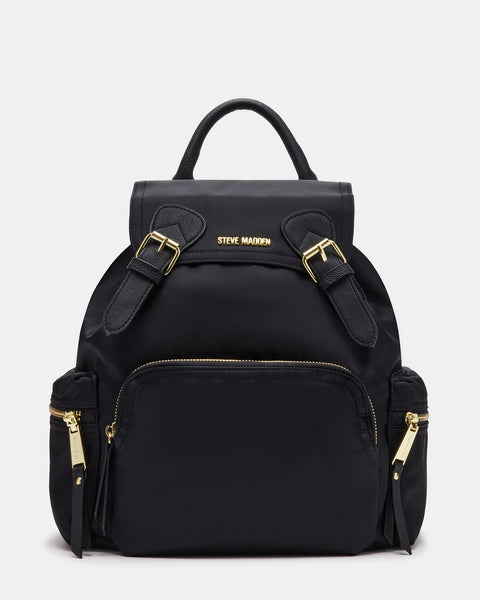
Credit: www.stevemadden.com
Frequently Asked Questions
What Was The Purpose Of Bonnets?
Bonnets were worn for hair cleanliness, modesty, and as a symbol of marital status and women’s identity.
What Is The Cultural Significance Of The Bonnet?
Bonnets symbolize wealth, ethnicity, and marital status with origins in traditional African attire, reflecting cultural significance.
What Is The History Of Night Bonnets?
Night bonnets have a long history, serving as both a fashion accessory and protecting hairstyles. Influenced by religious ideals, bonnets symbolize women’s status and grandeur, representing womanly subordination and wealth. They were also worn by married women to display their marital status during the day.
What Does Bonnet Mean Dress?
A bonnet is a stylish and functional headgear worn by women to keep their hair clean and for modesty. It also symbolizes their status as married women. Bonnets have cultural significance in African countries as headwraps that represent wealth, ethnicity, marital status, and emotional state.
They are a staple accessory in Black hair care routines for protection. Bonnets were traditionally larger and less functional among the upper classes. Wearing a silk bonnet protects hairstyles and creates glossy hair.
Conclusion
The bonnet has a rich and diverse history, serving both cultural and functional purposes throughout the ages. From African headwraps to the fashionable bonnets made by milliners, it has been a symbol of status and protection for women. Embracing the bonnet’s significance underscores its timeless appeal and utility.


